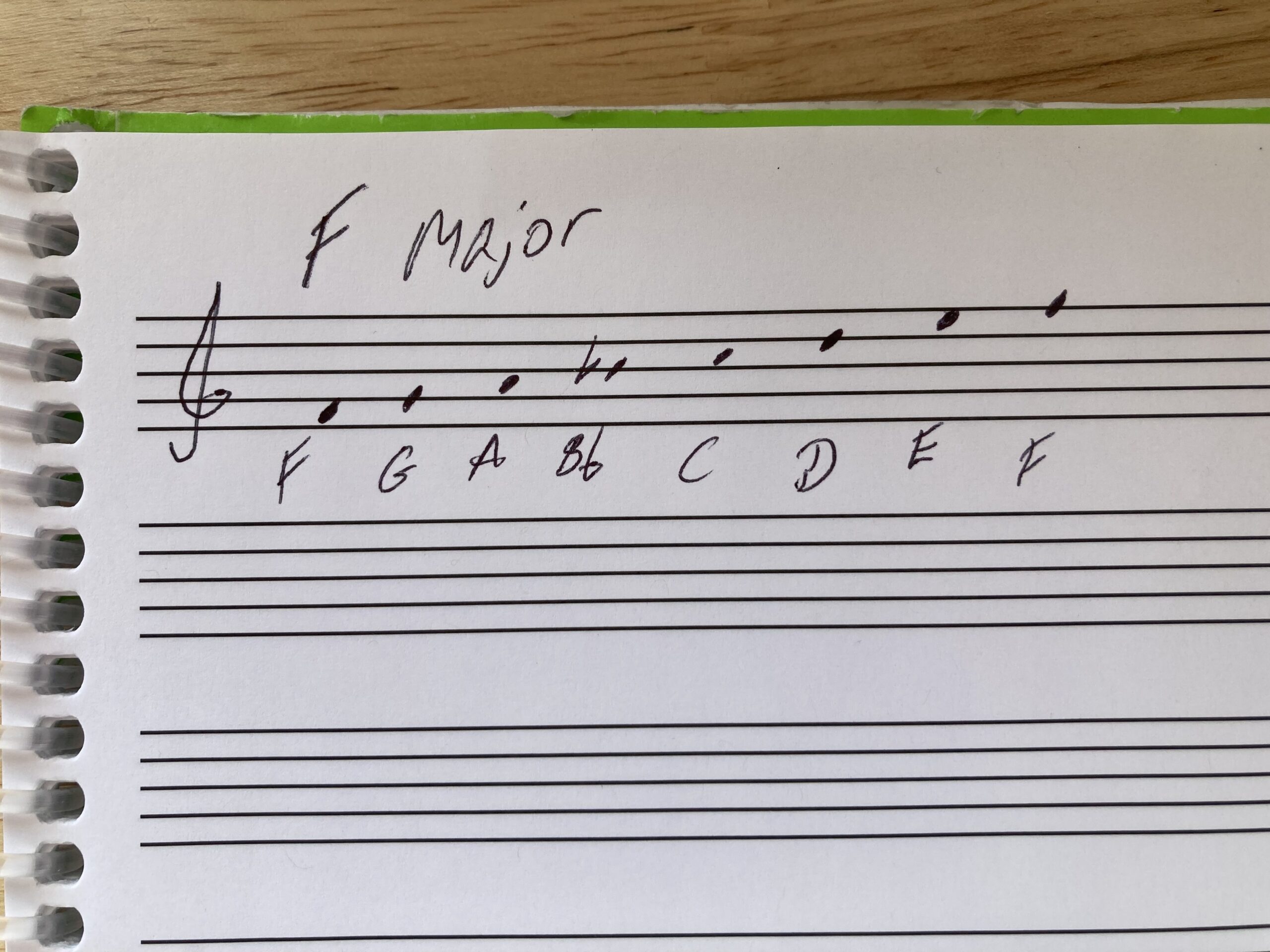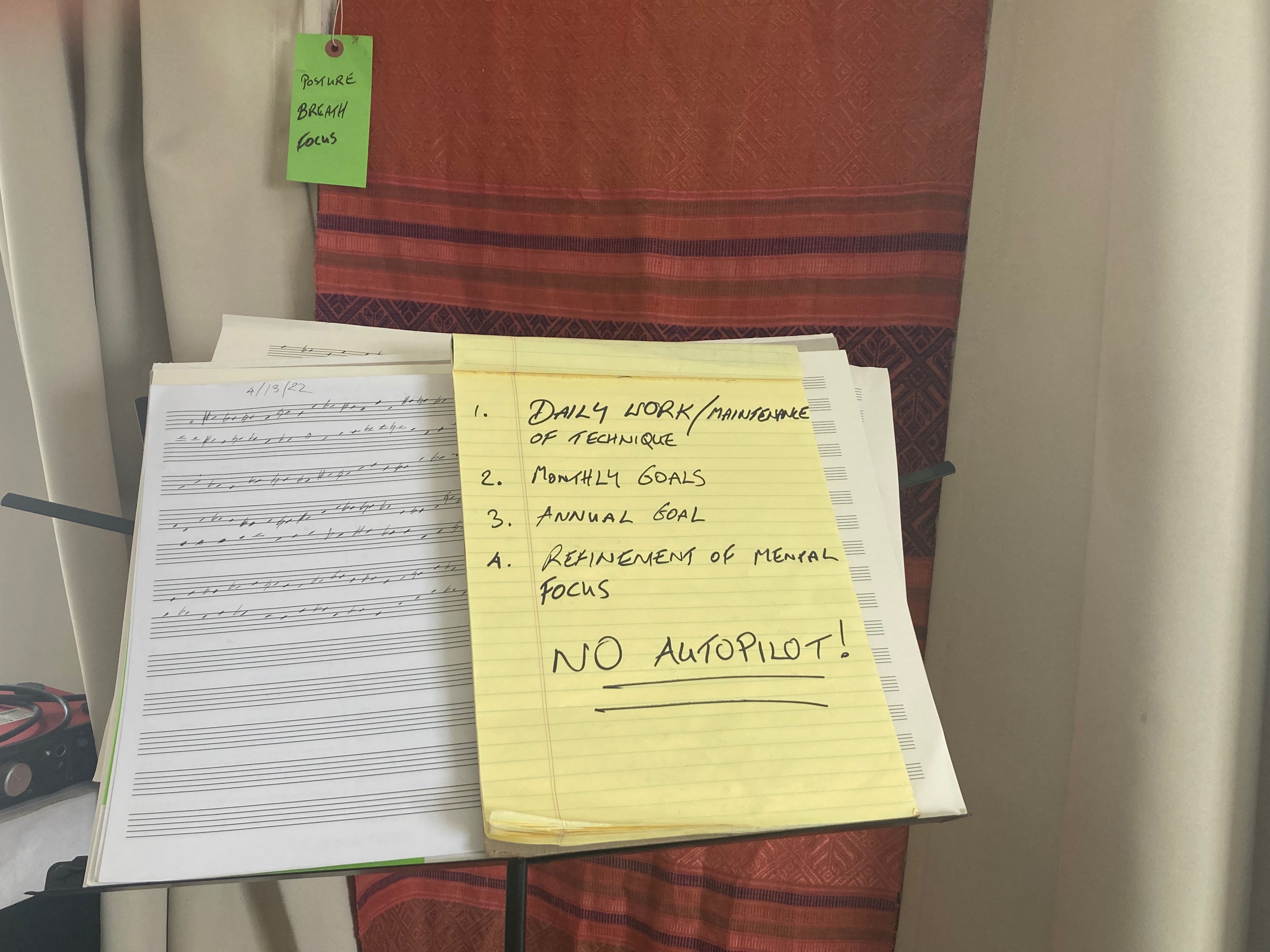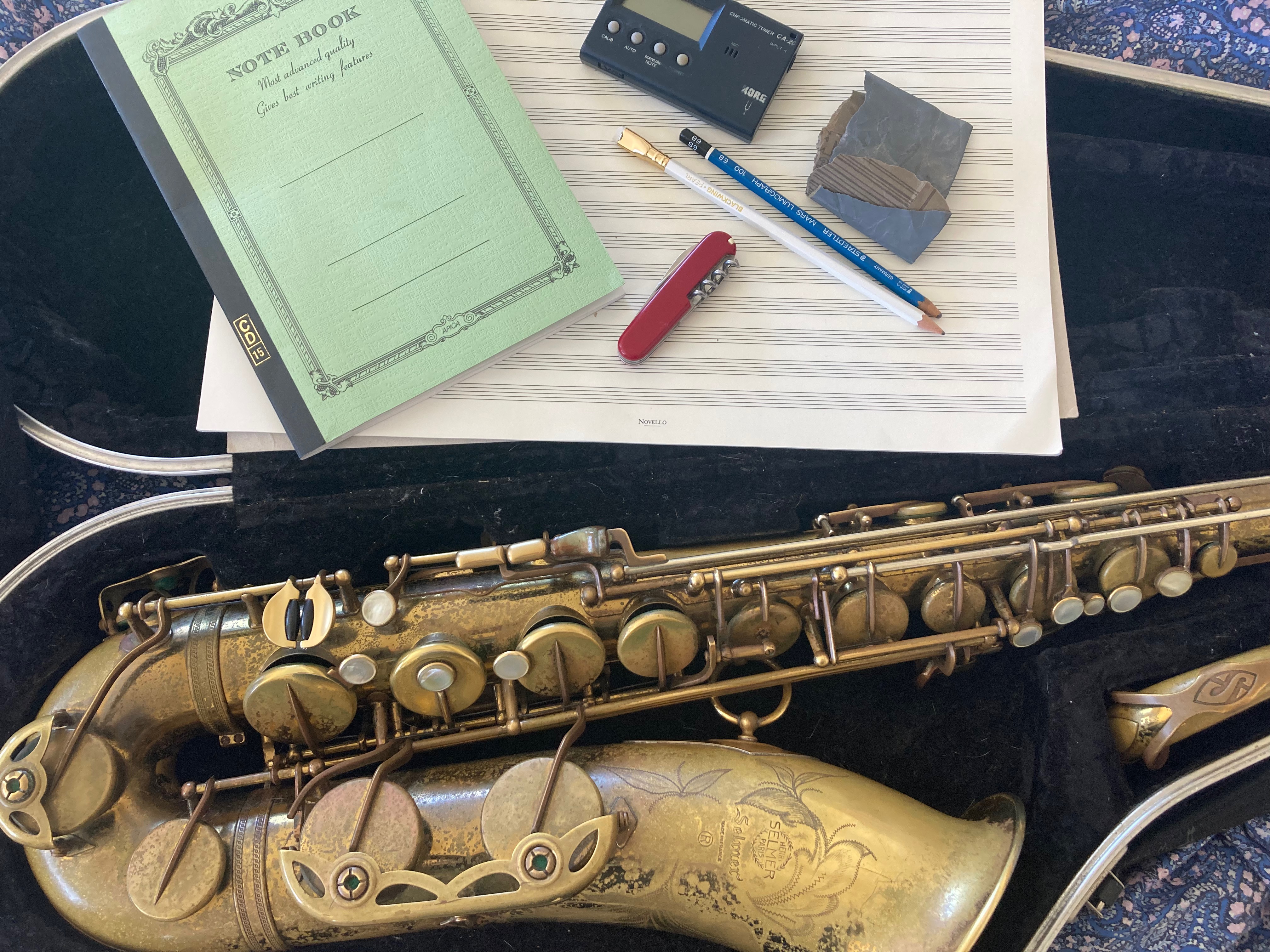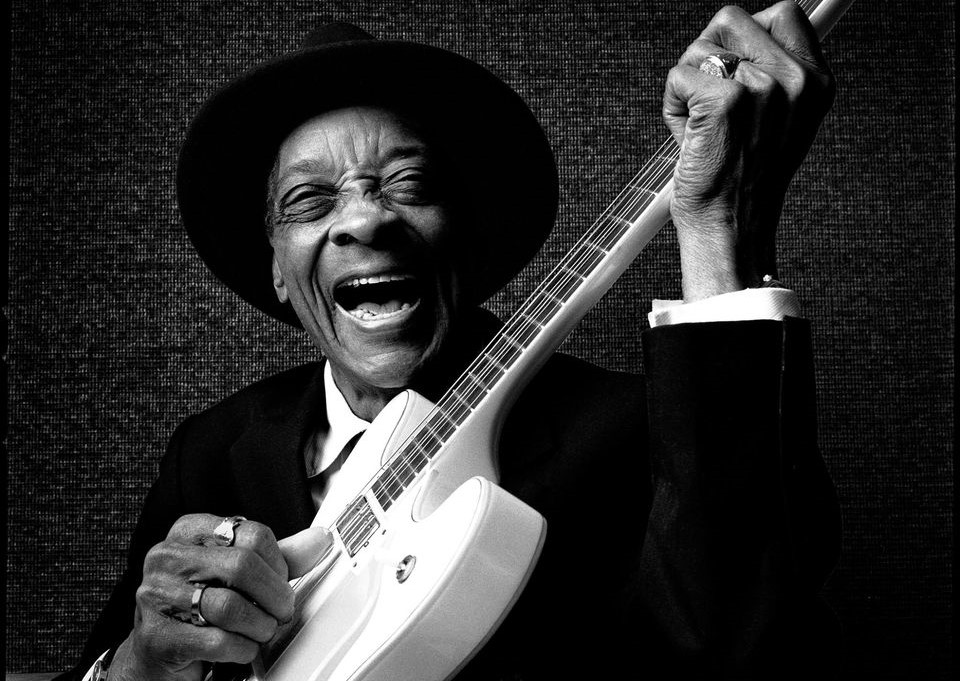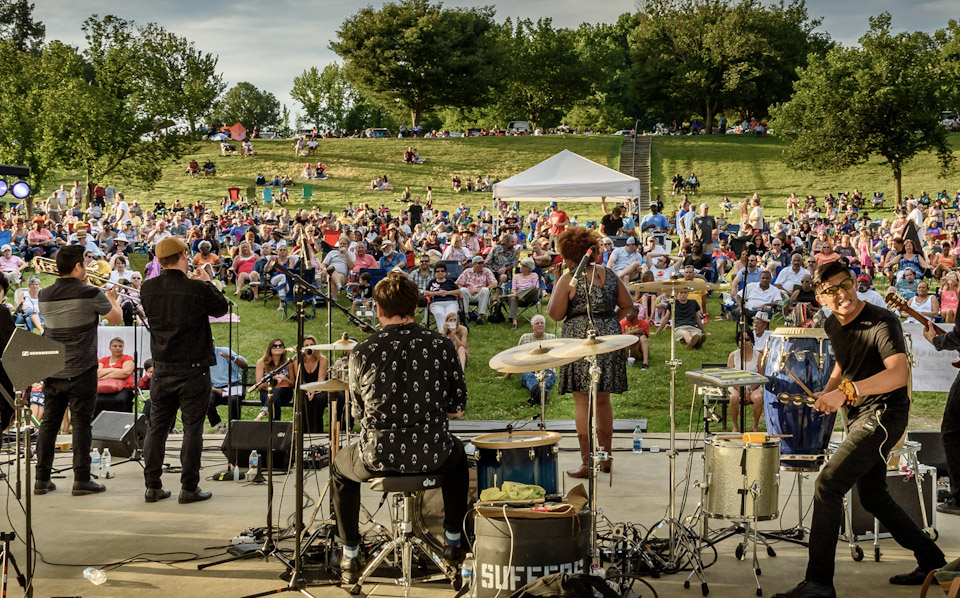
When was Levitt founded, and what was the catalyst for this?
The Levitt Foundation was founded in 1966 by Mortimer Levitt—his was a rags to riches American story. Mortimer was the son of immigrants who made his fortune in custom-made men’s clothing with his company, The Custom Shop. Mortimer was an outspoken advocate for the arts and together with his wife, Mimi, a dedicated philanthropist. The Levitt family was the primary benefactor of the original Levitt Pavilion in Westport, Conn., which opened in 1974 and transformed the town dump into a community gathering space for free outdoor concerts.
Over two decades later, in 1999, the continuing success of the Levitt Pavilion in Westport inspired Mortimer to lay the groundwork for a national network of Levitt venues so communities across the country could come together through the shared experience of free music under the stars. When Mortimer was 90, he sold his company (which by then included 70 Custom Shop retail branches nationwide) and transferred the proceeds to the Levitt Foundation. Carrying memories of his impoverished childhood, when he was unable to experience concerts due to the price of admission, Mortimer was passionately committed that performances at Levitt venues would be presented at no charge. He soon passed on the reigns of the Foundation to his daughter, Liz Levitt Hirsch, to oversee its venture philanthropy program. Over the past two decades, the Levitt Foundation has awarded more than $20 million in grants to local nonprofits, bringing thousands of free outdoor concerts to millions of people across the country.
What is your primary mission?
The Levitt Foundation exists to strengthen the social fabric of America. We partner with communities to activate underused outdoor spaces, creating welcoming and inclusive destinations where the power of free, live music brings people together and invigorates community life.
What was your first venue?
The first Levitt Pavilion opened in Westport, Connecticut, in 1974. In the early 1970s, Mortimer and his wife, Mimi, were approached to support a community-led project in Westport, Connecticut, where they were summer residents, to transform the town dump into an outdoor performance venue. They ultimately became the campaign’s largest private contributors, prompting the town to name its new pavilion after them and which became the first Levitt Pavilion.
How do the results of the research that you fund inform how you work?
The Levitt Foundation is committed to research and ongoing self-reflection, as well as contributing to the overall field of creative placemaking to create more joyous and equitable public spaces. Over the years, we have commissioned third-party, multi-year research to evaluate the social impact of Levitt programs across the country. The findings from this research have impacted our philanthropic practices, programs, and processes in myriad ways. As an example, our 2021 whitepaper, Listening to the Music of Community Change: Findings from a Pre/Post Research Study at Levitt Pavilion Denver, explored strategies to engage local communities in placemaking work that authentically reflect a neighborhood’s character, history and aspirations, while inspiring community attachment and fostering a sense of belonging over time.
The past two years of the pandemic have caused everyone to adjust course; what are some ways that Levitt has adapted to meet the needs of a changed world?
Early on in the pandemic, the Levitt Foundation confirmed our commitment to our nonprofit partners and grantees, pledging our support regardless of how, or whether, they were able to continue their programming. While our funding practice is rooted in being a supportive partner, throughout the past two years we’ve taken a deeper dive with our grantees and partners and discovered additional ways to provide support and resources, as well as opportunities for collaboration. For example, we began hosting regular virtual town halls with our grantees and partners, and we also launched a special Bridge grant to support their broader community-building efforts during this time. We identified and shared resources on presenting virtual concerts and programming and produced a nationwide virtual music series with our AMP grantees.
The Levitt Foundation has always been committed to equity, diversity and inclusion, and the racial reckoning spurred by the killing of George Floyd in 2020 inspired the Foundation to go further, to become more expansive in our support and commitment to investing in BIPOC organizations and those serving historically marginalized and underrepresented communities through grants and special initiatives that reflect our mission to build community through music.
For example, in 2022 the Levitt Foundation is a sponsor and community partner of the Unityfest Juneteenth Celebration in New York, celebrating the vibrancy and significant contributions of Black artists and culture into American society. We’re also supporting the free portion of the Celebrate AMERI’KANA Festival, taking place this September in Kansas City, which will explore American music’s past and present by focusing on deeply-rooted BIPOC influences.
As an organization, we continue to examine our internal practices, funding strategies and program criteria to ensure equity, diversity and inclusion is at the center of all that we do.
What are your goals in the future?
The Levitt Foundation believes access to the arts and open green spaces are fundamental human rights, and we will continue to invest in communities across the country, large and small, to bring people together of all ages and backgrounds through the power of free, live music. We will continue to fund projects that are catalytic, dynamic, and that center joy, inclusivity, and connection as a reflection of our core values. In addition to supporting free outdoor music series, we are exploring additional ways to support building community through music—including music, arts and culture ecosystems, creative placemaking field building, research of arts investments impact in the public realm, and other initiatives at the intersection of music and public space.
